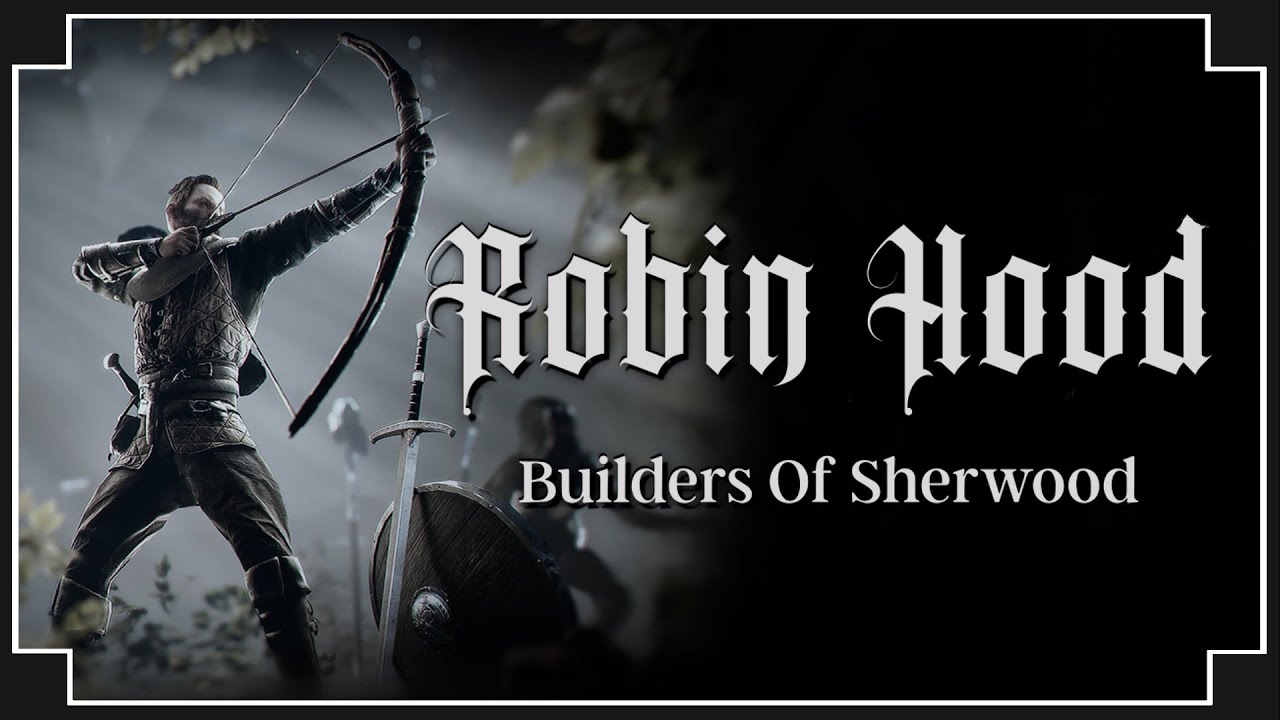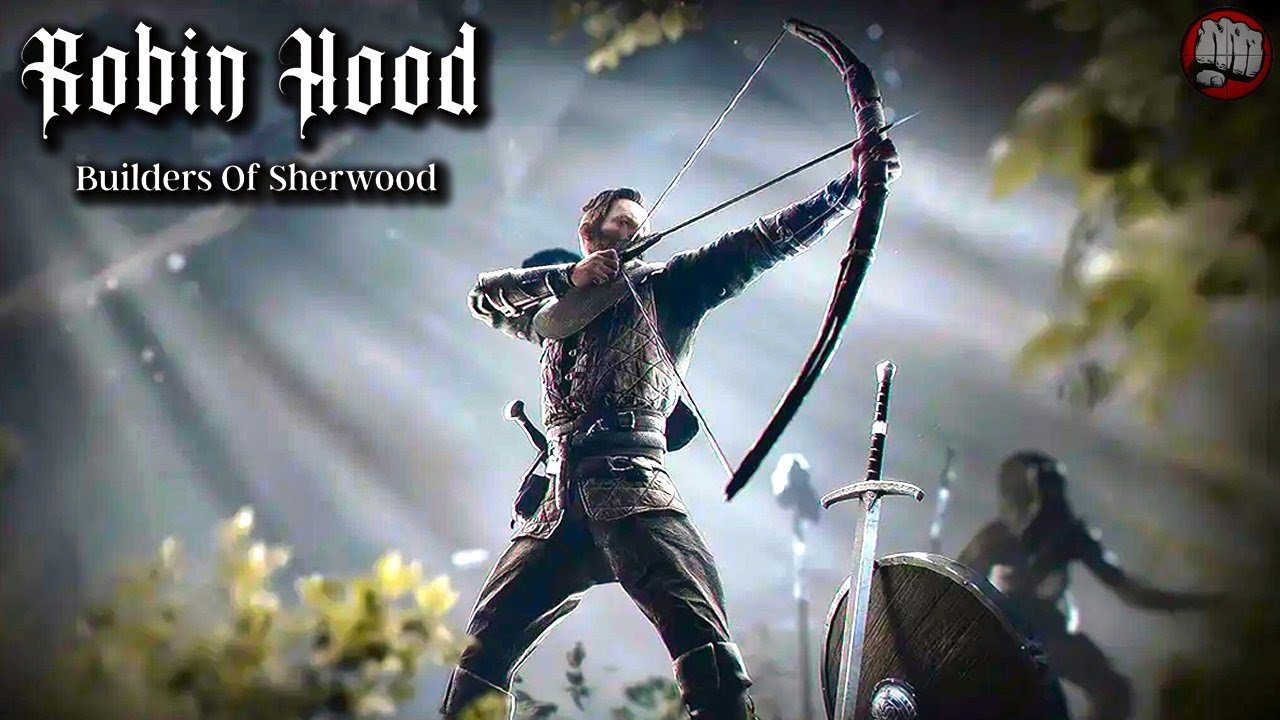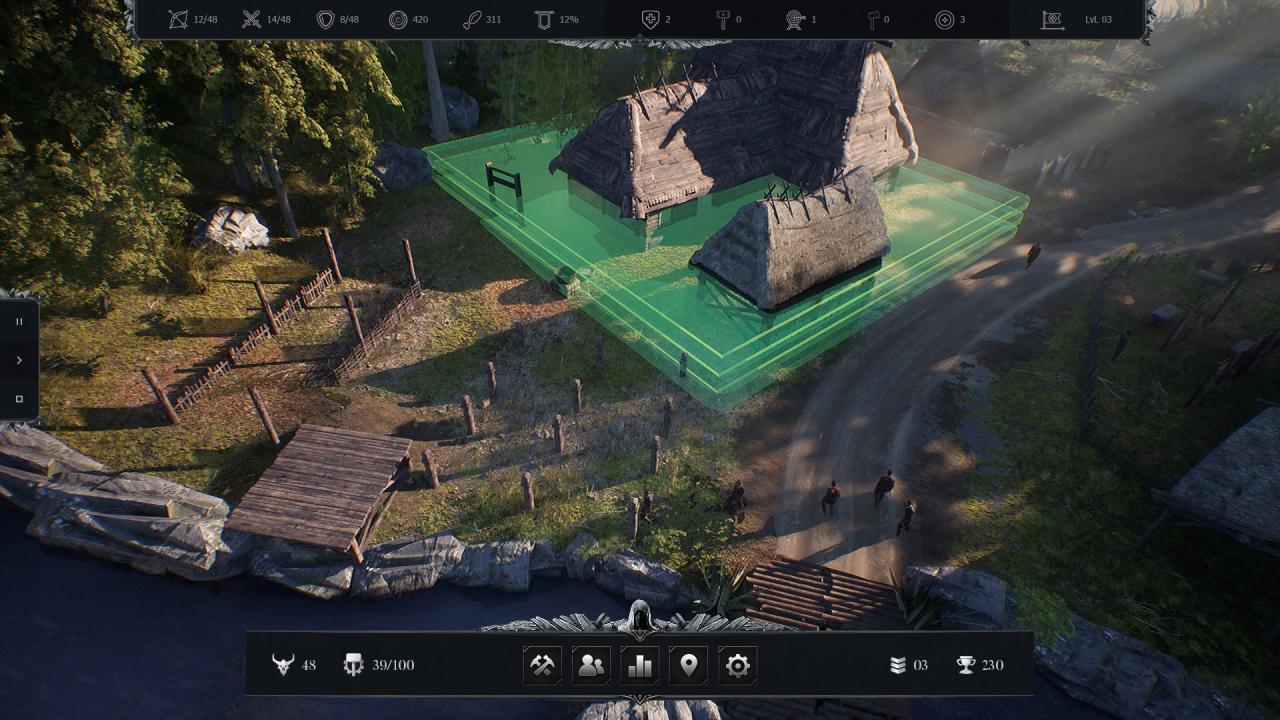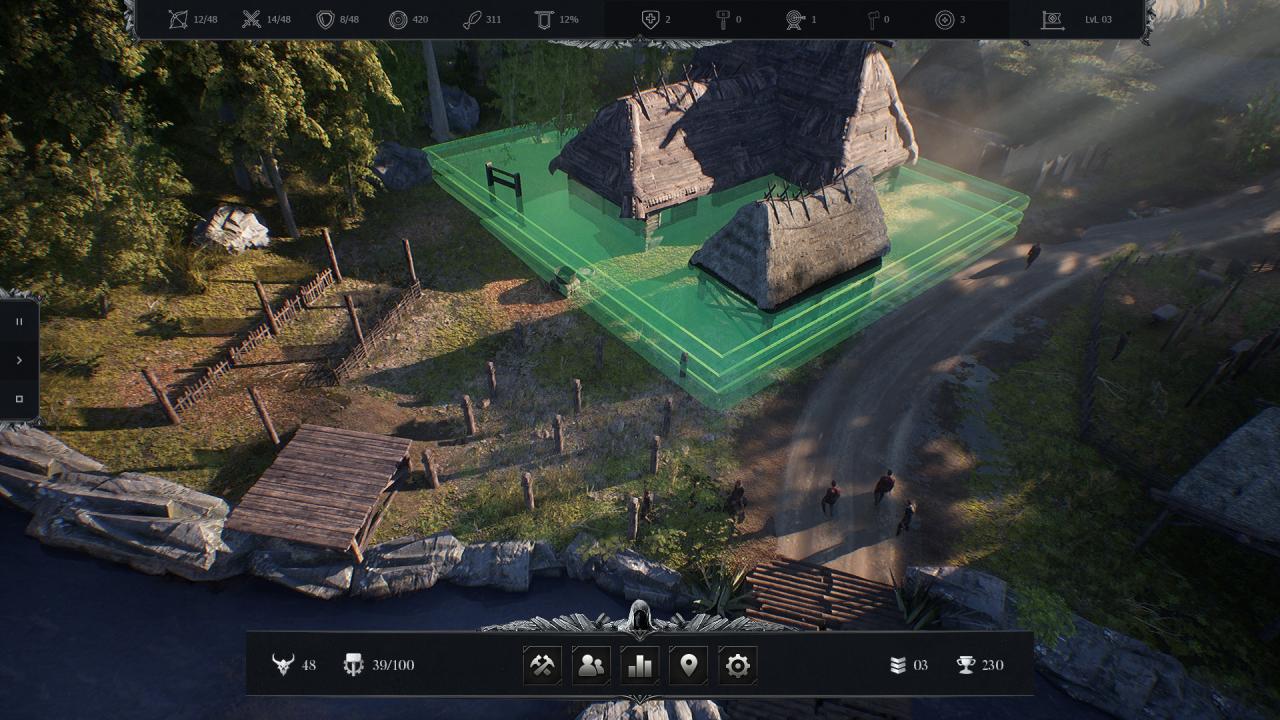Step into the legendary Sherwood Forest with Robin Hood Sherwood Builders, where the iconic outlaw and his band of merry men come to life in a captivating exploration of historical context, landscape, characters, and cultural impact. Prepare to embark on an adventure that unravels the enduring legacy of Robin Hood, a symbol of rebellion and social justice.
Unveiling the historical origins of Robin Hood and his association with Sherwood Forest, this journey delves into the development of the myth and its evolution over time. The physical characteristics and ecological significance of the forest are brought to light, revealing how its terrain and vegetation shaped Robin Hood’s activities.
Historical Context of Robin Hood in Sherwood Forest

Robin Hood is a legendary figure associated with Sherwood Forest in England. The historical origins of Robin Hood are uncertain, but the earliest known reference to him appears in a 14th-century poem. Over the centuries, Robin Hood has become a popular figure in folklore and literature, and his story has been adapted into numerous films, television shows, and other works of art.
Legendary Origins and Development of the Robin Hood Myth
The legend of Robin Hood has its roots in the social and political conditions of medieval England. During this period, the gap between the rich and the poor was vast, and many people lived in poverty and oppression. Robin Hood is often depicted as a champion of the poor and oppressed, who robs from the rich to give to the poor.
The legend of Robin Hood has evolved over time, and there are many different versions of the story. However, some of the most common elements of the legend include:
- Robin Hood is a skilled archer and swordsman.
- He lives in Sherwood Forest with a band of outlaws.
- He robs from the rich to give to the poor.
- He is a champion of the oppressed.
The legend of Robin Hood has been a source of inspiration for centuries, and it continues to be popular today. Robin Hood is a symbol of hope for the poor and oppressed, and his story is a reminder that even the smallest of people can make a difference.
Sherwood Forest

Sherwood Forest, renowned for its legendary association with Robin Hood, is an ancient woodland in Nottinghamshire, England. Covering an area of over 1,000 hectares, it boasts a rich ecological diversity and a fascinating historical tapestry.The forest’s landscape is characterized by rolling hills, meandering streams, and a mosaic of woodland habitats.
The terrain is predominantly composed of sandstone and limestone, which has given rise to a complex network of caves and ravines. The forest is home to a wide variety of flora and fauna, including ancient oak and beech trees, as well as numerous species of birds, mammals, and insects.
Physical Characteristics
- Rolling hills and valleys, providing natural vantage points and hiding places
- Meandering streams and rivers, offering sources of water and sustenance
- Dense woodland cover, providing shelter and concealment
- Caves and ravines, serving as secret hideouts and storage spaces
Ecological Significance, Robin hood sherwood builders
- Home to a diverse range of flora and fauna, including rare and endangered species
- Important habitat for woodland birds, such as woodpeckers and nightingales
- Contributes to the local water cycle and provides natural flood protection
- Supports a rich ecosystem of fungi, lichens, and other organisms
The Merry Men and Their Roles
Robin Hood’s band of outlaws, known as the Merry Men, were a diverse group of individuals who shared a common goal: to defy authority and fight for justice. They came from various backgrounds and had their own unique motivations and skills.
Little John
Little John was Robin Hood’s second-in-command and one of his most trusted companions. He was a giant of a man, renowned for his immense strength and skill with a quarterstaff. Little John’s loyalty to Robin was unwavering, and he was always ready to defend his leader and the other Merry Men.
Will Scarlet
Will Scarlet was a skilled archer and swordsman. He was also a close friend and confidant of Robin Hood. Will’s loyalty and courage made him a valuable member of the Merry Men.
Maid Marian
Maid Marian was a skilled archer and a fearless warrior. She was also Robin Hood’s love interest and a strong advocate for the poor and oppressed. Marian’s intelligence and determination made her a valuable asset to the Merry Men.
Friar Tuck
Friar Tuck was a jovial and compassionate monk who served as the Merry Men’s chaplain. He provided spiritual guidance and support to the outlaws, and he often used his influence to help the poor and needy.
Alan-a-Dale
Alan-a-Dale was a minstrel and a master of disguise. He used his talents to entertain the Merry Men and to gather information about their enemies. Alan’s wit and charm made him a valuable member of the group.
Robin Hood’s Targets and Methods: Robin Hood Sherwood Builders
Robin Hood and his Merry Men were known for their bold actions against injustice. They targeted the wealthy and corrupt, such as the Sheriff of Nottingham and the King’s tax collectors, and used the spoils to help the poor and needy.
Targets of Robin Hood’s Actions
Robin Hood’s primary targets were those who abused their power or oppressed the common people. This included:
- The Sheriff of Nottingham:The Sheriff was a ruthless and greedy official who exploited the people of Nottingham for his own gain.
- Wealthy Nobles:Many of the nobles in Sherwood Forest were wealthy and corrupt, often using their influence to oppress the poor.
- King’s Tax Collectors:The King’s tax collectors were responsible for collecting taxes from the people, and they often took advantage of their position to extort money from the poor.
Methods of Redistributing Wealth
Robin Hood and his men used various methods to redistribute wealth and fight injustice, including:
- Robbing the Rich:Robin Hood and his men would rob the rich and give the spoils to the poor.
- Attacking Tax Collectors:Robin Hood and his men would attack tax collectors and take the money they had collected.
- Helping the Poor:Robin Hood and his men would often help the poor by giving them food, money, or shelter.
Specific Incidents or Raids
Some of the most famous incidents or raids carried out by Robin Hood and his men include:
- The Rescue of Maid Marian:Robin Hood rescued Maid Marian from the Sheriff of Nottingham after she was captured.
- The Raid on Nottingham Castle:Robin Hood and his men raided Nottingham Castle and stole the Sheriff’s treasure.
- The Battle of Sherwood Forest:Robin Hood and his men fought a battle against the Sheriff of Nottingham and his men in Sherwood Forest.
Robin Hood’s Legacy and Cultural Impact

Robin Hood’s legacy extends far beyond the pages of ballads and into the realms of literature, film, and popular culture. The legend has captivated imaginations for centuries, inspiring countless adaptations and reinterpretations that reflect the changing values and aspirations of each era.
Literary Adaptations
From the earliest ballads to modern novels, Robin Hood has been a popular subject for literary adaptations. Notable works include:
- Ivanhoe(1820) by Sir Walter Scott, which portrays Robin Hood as a noble outlaw fighting against tyranny.
- The Merry Adventures of Robin Hood(1883) by Howard Pyle, a classic children’s novel that popularized the legend.
- Robin Hood(1951) by Roger Lancelyn Green, a retelling that emphasizes the social and political context of the legend.
Film Adaptations
Robin Hood has also been the subject of numerous film adaptations, including:
- Robin Hood(1938) starring Errol Flynn, a swashbuckling adventure that cemented the legend’s popularity in the 20th century.
- Robin and Marian(1976) starring Sean Connery and Audrey Hepburn, a more mature and introspective take on the legend.
- Robin Hood: Prince of Thieves(1991) starring Kevin Costner, a big-budget action-adventure that updated the legend for a modern audience.
Cultural Significance
Robin Hood’s enduring legacy stems from his embodiment of rebellion against authority and his championing of social justice. As a symbol of resistance, he has inspired countless movements for social change, from the Luddites in the 19th century to the civil rights movement in the 20th century.
Moreover, Robin Hood’s egalitarian ethos and concern for the poor have made him an enduring icon of popular culture. He represents the hope that even in the face of adversity, individuals can fight for a more just and equitable society.
Closing Notes
As the curtain falls on this exploration of Robin Hood Sherwood Builders, we are left with a profound appreciation for the enduring legacy of this legendary figure. Robin Hood’s story continues to resonate with audiences worldwide, reminding us of the timeless themes of rebellion, social justice, and the fight against oppression.
Whether through literature, film, or popular culture, Robin Hood’s spirit lives on, inspiring generations to come.
Questions Often Asked
Who were the key members of Robin Hood’s band of outlaws?
Robin Hood’s merry men included Little John, Friar Tuck, Maid Marian, Will Scarlet, and Alan-a-Dale, each with their unique skills and roles within the group.
What were the targets of Robin Hood’s actions?
Robin Hood primarily targeted the Sheriff of Nottingham and wealthy nobles who oppressed the poor and abused their power.
How has the Robin Hood legend been adapted and reinterpreted over time?
The Robin Hood legend has been adapted into numerous literary works, films, and television shows, each offering its interpretation of the characters and their adventures.

